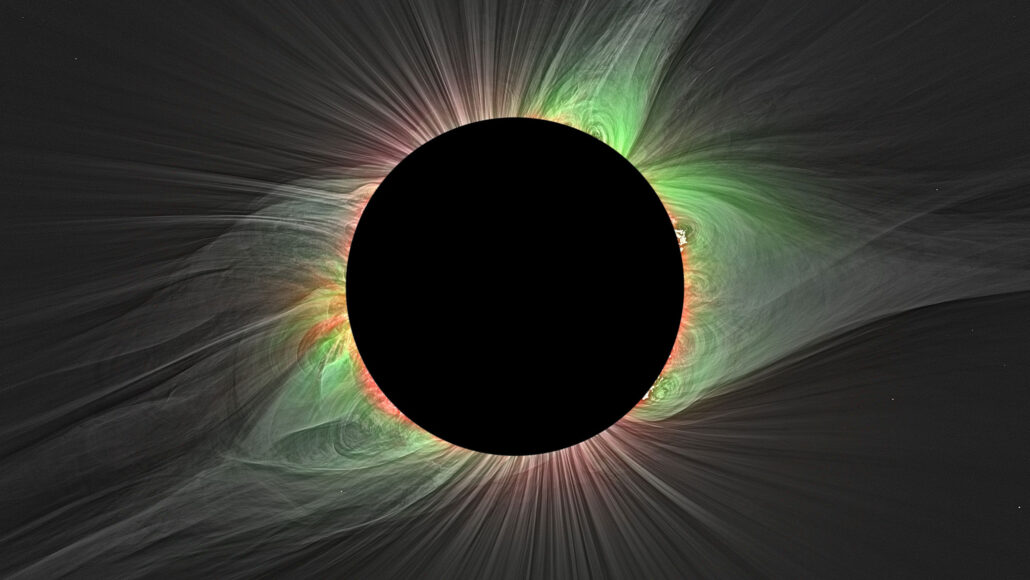
Earth
Get ready for the 2024 total solar eclipse
A total solar eclipse will race across North America on April 8, 2024, providing a rare opportunity for both scientists and casual observers.
Come explore with us!

A total solar eclipse will race across North America on April 8, 2024, providing a rare opportunity for both scientists and casual observers.

Weekly updates to help you use Science News Explores in the learning environment
Thank you for signing up!
There was a problem signing you up.
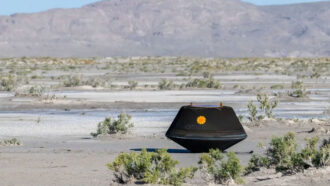
Dirt from the asteroid Bennu could hold clues about the material that built our solar system — and possibly where life comes from.

An underground instrument known as ‘G’ uses laser beams to measure Earth’s rotation — a gauge of day length — with extreme precision.
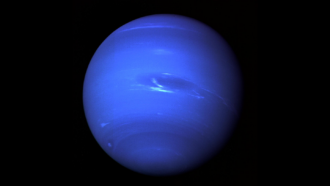
Telescope observations hint how sunlight-driven chemistry may boost cloud cover on our solar system’s farthest planet.
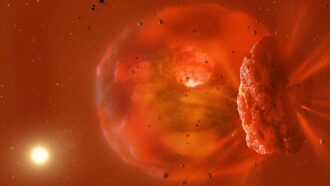
Infrared light from a distant star appears to be leftovers of an impact between a pair of Neptune-sized worlds.
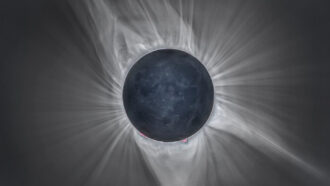
The sun will be near the peak of its activity cycle during the eclipse on April 8, 2024. That will make it a great time to crowdsource solar research.

Emerging evidence points to the existence of rogue black holes and other cosmic oddities — such as big black holes in tiny galaxies.

In this project, we explore how perspective, or parallax, can be used to measure the distances to objects such as stars.
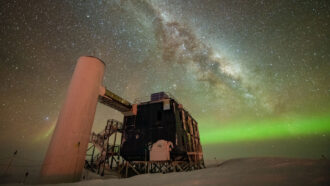
Scientists tracked neutrinos from space to create a new map of our galaxy. It’s the first image of the Milky Way to be made without light.

Observations of dead stars hint that ripples in spacetime — ripples light-years long — roll through our universe.